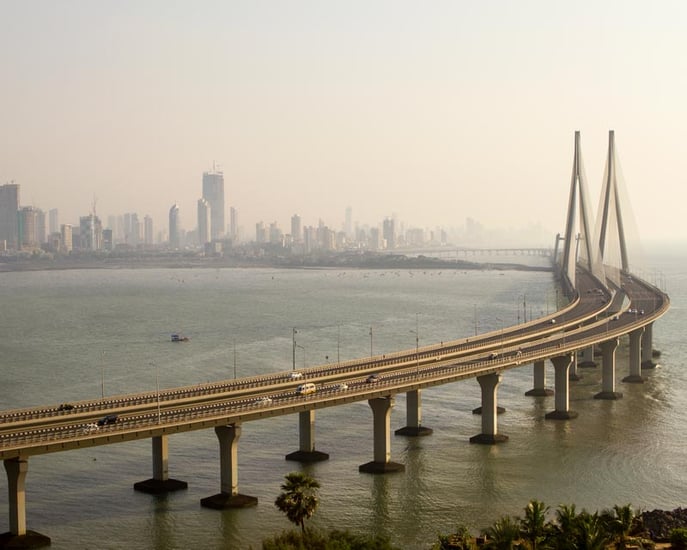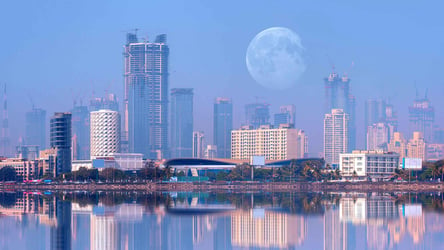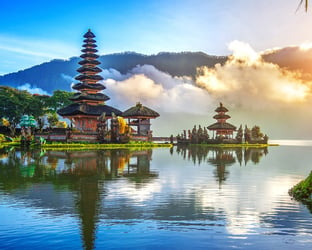
As you will read later on in this article, quite a few global brands are entering India this year. As a BRICS nation with the world’s second-largest population and ample room for growth, India continues to be a destination for brands looking to expand their borders. At LinguaLinx, we know that marketing to a global customer base may prove challenging, but definitely rewarding. That’s why we like to shine spotlights on different global markets. This month, we chose to focus on global marketing in India. Why India? Here are a few reasons…
REASONS TO FOCUS ON GLOBAL MARKETING IN INDIA
India’s Economy
India boasts Asia’s third largest economy and the tenth largest in the world. EY surveyed 500 foreign investors as part of the 2014 India Attractiveness survey and found that 50 percent planned on expanding their operations in India over the next year. They cite factors such as local labor cost, domestic market and availability of educated workforce as reasons for continued investment. They also feel that the outlook is good in this emerging market, as India’s economy will continue to grow and be a top manufacturing destination.
Big Brands Expanding Into India
Five global brands including Burger King and Hennes and Mauritz (H&M) are planning to enter India starting in 2014. In addition, PepsiCo’s Global Snacks Group, Lay’s, launched their largest integrated global marketing campaign ever in June 2014 starring globally recognized soccer (or football) star Lionel Messi. India is one of the targeted countries, and the campaign offers consumers the chance to engage with the brand by voting on new “Football Flavorite” flavors for a chance to win prizes.
An Increasingly Connected Population
India’s total number of Internet users increased by 37 million from 2011 to 2012, bringing the total to 137 million. The penetration rate is currently only 11 percent; imagine the possibilities as this increases! WeAreSocial points out that even with this low rate, India’s Internet population is still the third largest in the world behind China and the United States! Over half of India’s population is under 30 and most of their Internet users are under 35, meaning that the social media boom there is underway; there are over 60 million social media users! What does all of this mean for your business? India presents one of the largest (and fastest growing) online marketplaces in the world. It is a good idea to reach out to potential customers in India via your website and social media.
BUT IT MIGHT NOT BE THAT EASY… To say that India is diverse would be an understatement.
There are up to 780 languages spoken in India, according to the People’s Linguistic Survey of India (PLSI). Hindi is the official language of the government while English is used a lot for business. Each state in India has its own official language and regional languages as well. Six major religions are practiced there.
When talking about India, localization is key. As mentioned, most people speak English, which is an advantage, but not everything translates perfectly. If you target specific regions of India, pay attention to what languages are spoken there and translate accordingly. Also, be aware of the large number of religious holidays in India. Keep this in mind when planning business calls, meetings, or travel there.
GLOBAL MARKETING IN INDIA: THE MCDONALD’S EXAMPLE
A great example of a major global brand that is localizing its product and message would be McDonald’s in India. The fast food chain saw India as more than just another place to sell their product. They did their homework and figured out that it was better to invest time to eventually make money. The cow is sacred in Hinduism and Jainism, while Muslims do not eat pork. Much of the population in India is vegetarian. Most of McDonald’s menu in India, about 50 percent in fact, is vegetarian. In 2012, they opened their first vegetarian-only restaurant.
Their rival KFC has been in India for 18 years, and has just started to launch India-exclusive products, such as a potato burger, in order to compete. Both chains have also paid attention to the price sensitivity of India’s market and have rolled out value menus. Lesson learned: Brands that tailor their products to Indian cultures and customs do very well.
It is also important to pay attention to such things as spending habits. We’ve only scratched the surface on India. For all of the diversity and challenges, there is also opportunity there as well. If you need help with global marketing in India, LinguaLinx has you covered.





